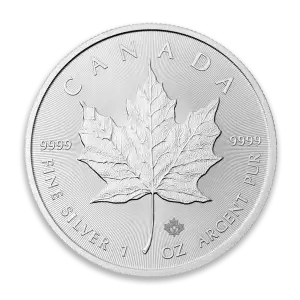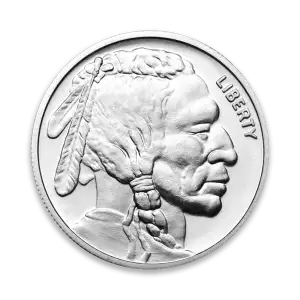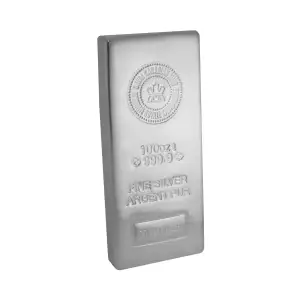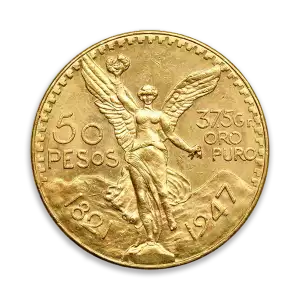The Devaluation of the Turkish Lira: Causes and Consequences
Introduction
The Turkish lira (TRY) has been one of the most volatile currencies in recent history, suffering significant devaluation over the past decade. Once considered a stable emerging market currency, the lira has lost substantial value against the U.S. dollar and other major currencies due to a combination of economic mismanagement, high inflation, political instability, and external financial pressures. This paper explores the factors that contributed to the lira's decline, the impact on the Turkish economy, and the potential paths forward.
1. The Key Drivers of Lira Devaluation
A. Unorthodox Monetary Policies
One of the primary causes of the lira's decline has been the Turkish government's unconventional approach to monetary policy. President Recep Tayyip Erdoğan has maintained a strong influence over the Central Bank of the Republic of Turkey (CBRT), repeatedly forcing rate cuts despite soaring inflation.
Low Interest Rate Policy: Erdoğan has publicly opposed high interest rates, referring to them as "the mother of all evil." His administration has pressured the central bank to keep rates low even when inflation has been accelerating.
Removal of Central Bank Governors: Multiple CBRT governors have been fired or replaced in rapid succession due to disagreements over interest rate policy, undermining investor confidence in Turkey's monetary stability.
B. Inflation and Rising Cost of Living
The devaluation of the lira has led to runaway inflation, severely impacting the purchasing power of Turkish citizens.
Annual inflation has exceeded 60% at times, with consumer goods, food, and energy prices skyrocketing.
Imported goods have become prohibitively expensive, as a weaker lira means Turkish consumers must pay more for foreign products, including essential imports such as fuel and medicine.
C. Declining Foreign Exchange Reserves
To stabilize the lira, Turkey's central bank has depleted a significant portion of its foreign currency reserves, selling dollars to prop up the lira in currency markets.
Foreign reserves fell dangerously low, forcing Turkey to seek currency swap deals with other nations such as China, Qatar, and South Korea to sustain liquidity.
High levels of foreign debt repayment obligations have further pressured reserves, making intervention increasingly difficult.
D. Geopolitical Tensions and Sanctions
Turkey’s foreign relations have played a crucial role in the lira's volatility.
Sanctions and diplomatic tensions with the United States and the European Union have hurt investor confidence.
Turkey's military operations in Syria and Libya, as well as its strained relations with NATO allies, have led to periodic financial uncertainty.
Turkish reliance on Russian energy supplies and geopolitical entanglements with Moscow have created additional economic vulnerabilities.
E. Foreign Capital Flight and Investor Sentiment
Investor confidence in Turkey has plummeted due to its unpredictable economic policies.
Foreign direct investment (FDI) has declined sharply, as businesses hesitate to operate in an environment with high inflation and currency instability.
Turkish bonds and equities have been downgraded by credit rating agencies, discouraging institutional investors from holding lira-denominated assets.
Domestic capital flight has increased, with wealthy Turkish citizens moving their savings into gold, U.S. dollars, or offshore accounts to protect their wealth.
2. The Impact on the Turkish Economy
A. Erosion of Purchasing Power
For everyday Turks, the devaluation of the lira has meant:
Higher prices for imported goods, including electronics, fuel, and medicine.
Reduced household savings, as inflation erodes the real value of wages.
Diminished purchasing power, leading to social unrest and frustration among the working class.
B. Business Struggles and Increased Costs
Turkish businesses have also suffered:
Higher costs for raw materials and energy, impacting production costs.
Difficulty in securing foreign loans, as investors demand higher interest rates to compensate for currency risks.
Tourism remains a bright spot, as a weaker lira has made Turkey a more attractive destination for foreign travelers.
C. Rising Debt Burden
Many Turkish companies and banks hold significant foreign-currency debt. As the lira depreciates, the cost of repaying these debts in dollars or euros has surged, creating financial distress.
Government debt servicing costs have also risen, increasing pressure on the national budget.
3. Attempts to Stabilize the Lira
The Turkish government has taken several measures to slow the lira’s decline, though their effectiveness remains debatable.
A. Interest Rate Adjustments (Too Late?)
After years of resistance, the CBRT was eventually forced to raise interest rates sharply to combat inflation and defend the currency.
However, these rate hikes came after significant capital flight had already taken place, limiting their effectiveness.
B. Currency Protection Schemes
The government introduced a deposit protection scheme, encouraging Turks to keep their money in lira by offering guarantees against exchange rate losses.
While this temporarily slowed the lira’s depreciation, it did not address the underlying economic issues.
C. Increasing Trade Ties and Alternative Financing
Turkey has sought new trade partnerships and currency swap agreements with countries such as Russia, China, and the Gulf states.
Efforts to boost domestic production and exports have been emphasized as a long-term strategy to reduce reliance on foreign capital.
4. The Future of the Turkish Lira
The path forward for the lira remains uncertain, with several possible outcomes:
A. Continued Devaluation
If Turkey fails to restore investor confidence and inflation remains high, the lira will likely continue its downward trajectory.
Without structural economic reforms, businesses and citizens will increasingly turn to alternative currencies such as the dollar, euro, and cryptocurrencies.
B. Economic Stabilization and Recovery
If Turkey implements strict fiscal discipline, rebuilds foreign reserves, and reduces inflation, the lira could stabilize over time.
Increasing exports and reducing energy dependence could help mitigate long-term currency risks.
C. Shift Toward Alternative Monetary Policies
Some analysts suggest Turkey may seek closer economic ties with China or Russia, potentially reducing reliance on the U.S. dollar.
Others speculate that Turkey could introduce a dual-currency system or consider more drastic economic interventions.
Conclusion
The Turkish lira’s sharp devaluation has been driven by unorthodox economic policies, high inflation, dwindling foreign reserves, geopolitical tensions, and investor flight. While the government has taken steps to slow its decline, confidence in the currency remains weak. Without major reforms, Turkey risks further economic deterioration, though a carefully managed policy shift could eventually restore stability. The future of the lira will depend on whether Turkish policymakers choose to prioritize economic discipline or continue their interventionist approach at the risk of prolonged instability.












